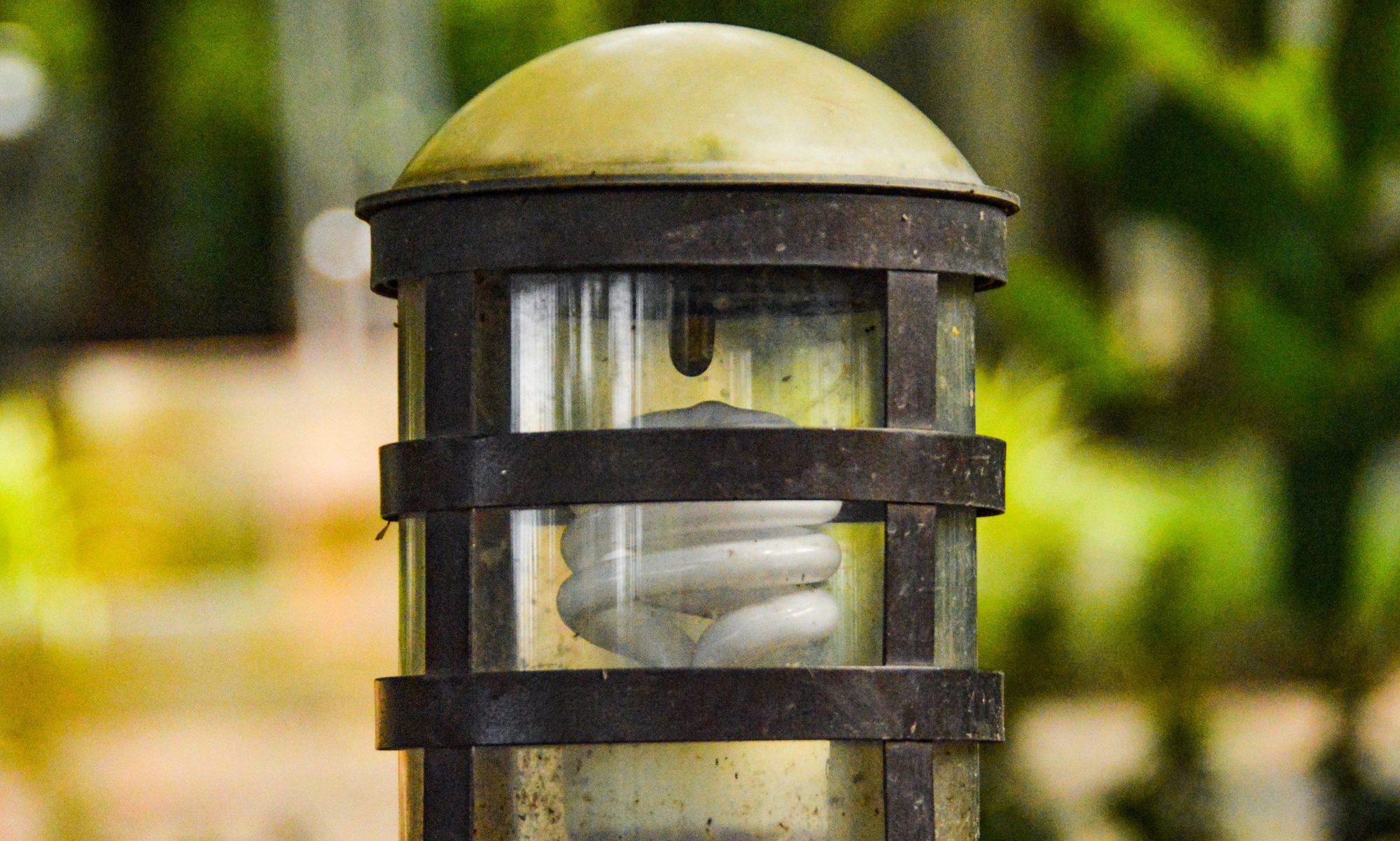In STEM class I’ve learned a lot, but for this round, we mainly focus on periodic table and chemical bond. We still use the same website which is CK-12.
The first person who creates a periodic table is Mendeleev. There are 118 elements in the periodic table. At that time Mendeleev has arranged the elements by its atomic mass. Atomic mass is the mass of protons and neutrons in the atom. For nowadays people use a modern periodic table which they have arranged the elements by its atomic number. Atomic number is the number of protons in an atom of an element. There also a chemical symbol to represent the element which consists of one or two letter that comes from the chemical’s name in English or other languages. For example, the symbol of lead is Pb which come from a Latin word plumbum.
They also divide the elements into three types which are metals( blue), metalloids or semimetals (orange), and nonmetals (green). The rows on the periodic table called period and the columns of the periodic table are called groups. Some period of the modern periodic table are longer than others you can see the first have only two elements and the period 6 and 7 its contrast so long that some of their elements are placed below the main part of the table. As you can see most of the element are metals. Metals are the elements that are good at conductor of electricity and a relatively high melting point. So, almost all at the room temperature. They are the largest of the classed in the modern periodic table. Most of the metal are also good conductors of heats. Nonmetal are the elements that do not conduct electricity, poor conductors of heat and it is the second largest classes of the elements. Nonmetals generally have properties that are opposite of those metals. Metalloids is the element that in between metals and nonmetals. Metalloid has some properties of metals and some properties of nonmetals. For example, many metalloids can conduct electricity but only at a certain temperature and these metalloids are called semiconductors.
There also some groups of the element which are Alkali metal, Alkaline Earth Metal, Halogen and Noble gas. Alkali Metal has just only one valence electrons which are highly reactive. Alkali Metal is the most reactive of all the metals. Most of Alkali Metal is soft which enough to cut with knife. Alkali metal has also low density. Alkaline Earth Metal is the elements that is in group two. They have two valence electrons. They also very reactive but not like alkali metals. They are harder and denser than the alkali metal. Groups 3-12 are called Transition Metals. Transition have more valence electron and less reactive than metal and the first two groups metals. They are shiny, very hard, high melting points and boiling points. Halogens are all the elements that in the group 17. They are highly reactive nonmetal and with 7 valence electrons. Halogen group include gas, liquid and solid and they react violently with alkali metals. The last group is Noble gas. The nonmetal elements that in groups 18 are called Noble gas group. They are the least reactive group because their outer energy level is full and they are colorless odorless gases.
